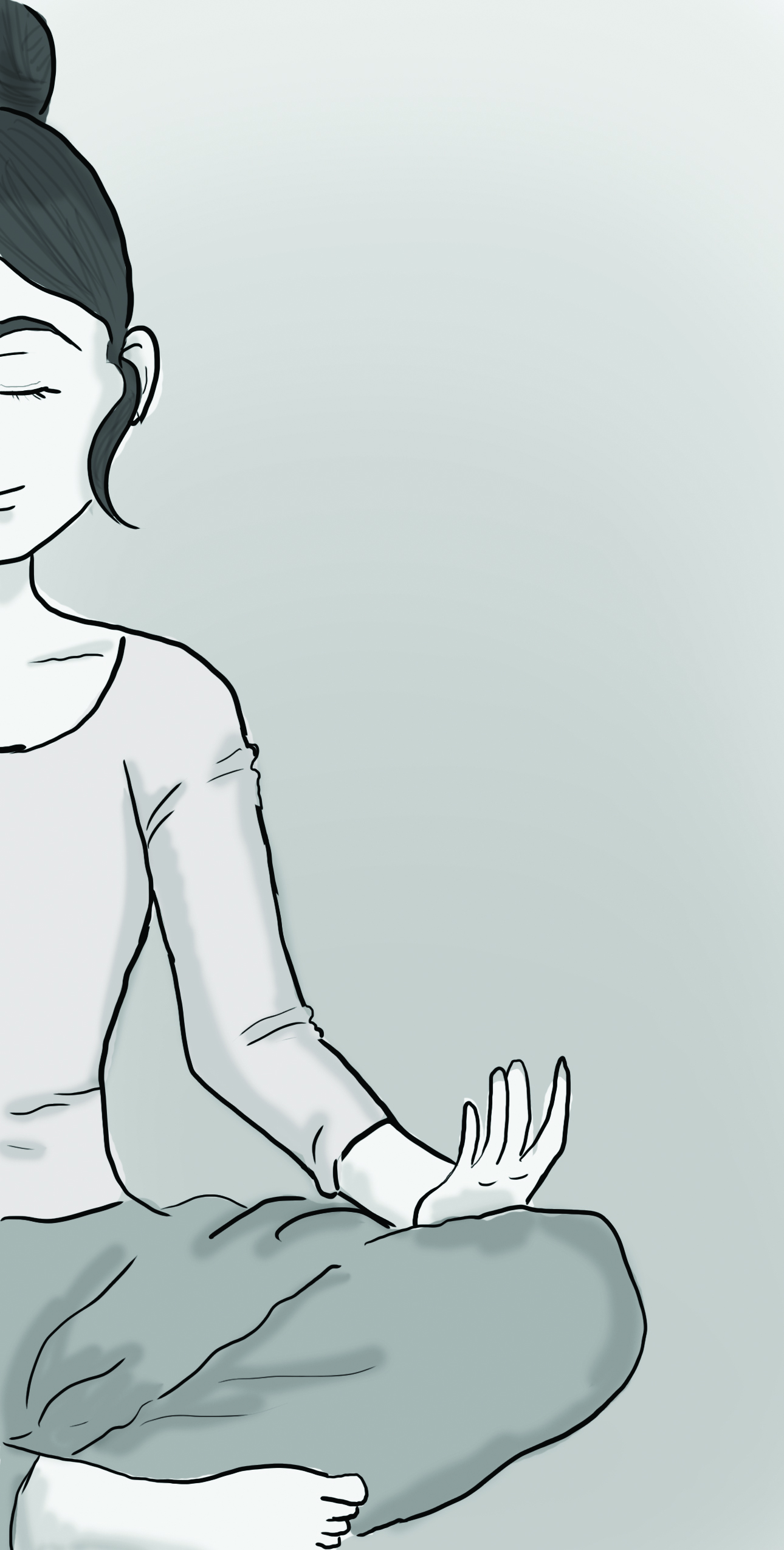Talking Mental Health: Mindfulness

Do you often find yourself having difficulty concentrating on what is happening because your thoughts are elsewhere? Are you often ruminating about the past? Regretting or criticizing what you did or said?
Perhaps you spend a lot of time predicting or planning for your future. Are you often on ‘autopilot,’ going from one activity to the next, with little awareness?
Although common, this busy mind and constant “doing” tends to create a lot of stress, anxiety and general unease and restlessness. It can also be a significant barrier to enjoying the simple pleasures in life.

Mindfulness can be a very effective way to settle your restless and anxious mind. Mindfulness is simply the ability to be present. When you are mindful, you are purposefully bringing attention to your experience in the moment.
It involves being non-judgmental and open awareness to your experiences, including feelings, thoughts and what is happening around the external environment.
Although mindful meditation is historically rooted in Buddhist teachings, in more recent years it has been recognized and employed as a secular practice that anyone can benefit from.
Regular mindfulness practice has been demonstrated to reduce stress, anxiety and depression. Other benefits can include increased mental efficiency and concentration, greater self- awareness and insight, and an overall improved sense of well being.
Although the concept of mindfulness is basic, putting it into practice is not so simple. It takes practicing and self awareness to become better and can involve a more structured approach (often referred to as meditation) where we take time to sit alone with ourselves.
We focus on breathing, awareness of our body and whatever thoughts and emotions arise. When we notice our mind has wandered (and it will) we gently bring our attention back to breathing or another focal point.
Meditation can range anywhere from five to 30 minutes or longer for those who have more practice.
Another way to practice mindfulness is by bringing attention to our day-to-day activities and the environment around us, including sounds, sights and people. It means noticing when our minds have wandered off and returning our focus to the here and now.
Because this day-to-day mindfulness does not happen naturally or spontaneously, practicing it regularly through meditation or other planned mindfulness exercises can help remind us.
Some simple ways you can incorporate mindfulness into your daily life is to learn a simple breathing exercise where you sit or lie down and focus on your breath; allow and observe each breath.
You are allowing your breath to do what it wants and you can become a curious observer. This in itself can be a useful strategy for grounding yourself when your mind is in overdrive.
You can also be mindful of your activities as you go about your daily business. For example, when eating a meal you can eat mindfully.
This involves being attentive to what you are eating and eliminating other distractions, like texting. It involves being tuned in to what your food looks like, how it smells, tastes and its texture.
Slow down and swallow before taking the next bite, taking time to appreciate what you are eating.
Mindfulness can also be practiced while in class or studying. When you notice your mind has wandered off, simply notice that you are distracted and gently bring yourself back to the lecture or the task at hand.
You might have to do this repeatedly because our minds are naturally inclined to get caught up in memories, plans and worries.
To learn more about mindfulness or meditation you can search the Internet.
There is lots of options that provide user-friendly information, guided exercises and meditations that are easily accessible for beginners or for those who have some experience but are interested in expanding their skills.



